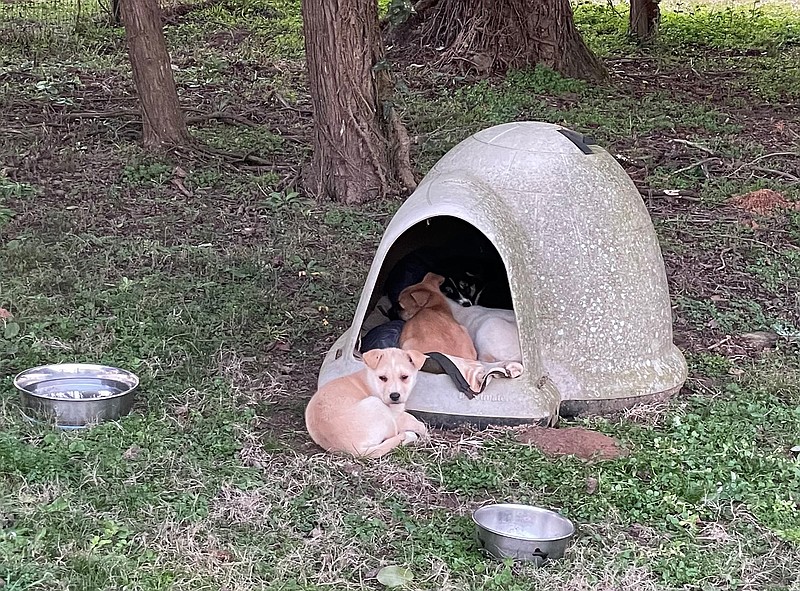TEXARKANA - Failing to provide adequate shelter for outdoor pets is a crime in both Texarkanas, and animal control officers are prepared to enforce local laws against leaving dogs and cats out in the cold.
Keeping pets indoors during cold weather is ideal, but for animals kept outside, both cities' ordinances require owners to provide sufficient protection from the elements. Violators can be cited for a misdemeanor and fined. Texas-side officers typically issue warnings before pet-shelter citations, but the Arkansas side does not.
"I have zero tolerance for any animal outside that does not have shelter, that is outside longer than an hour or so. We're not doing warnings. If you don't have adequate shelter for your outside pets, you're getting an instant citation to be seen in court," said Kayla Tucker, animal services director for Texarkana, Arkansas.
While the ordinances do not specify what constitutes sufficient shelter, both cities' animal control staff define it as, at minimum, three walls, a floor and a roof. Positioning the closed end of a pet shelter to face north is recommended, and when safe, use of a heat lamp can provide extra warmth.
Some sort of bedding - such as hay, wood shavings or blankets - is also recommended. Tucker stressed that bedding must be replaced if it gets wet.
"Nothing's going to cause pneumonia faster than having to live in a damp environment," she said.
Another important precaution is to ensure that the water in pets' bowls does not freeze. The American Humane Society recommends using plastic bowls because in extreme cold, pets' tongues can freeze to metal bowls.
The danger of failing to provide adequate shelter is very real, according to the AHS.
"No matter what the temperature is, windchill can threaten a pet's life. Exposed skin on noses, ears and paw pads are at risk for frostbite and hypothermia during extreme cold snaps," the organization's website states.
Symptoms of hypothermia in pets include depression, lethargy, weakness, shivering, low heart rate, difficulty breathing, fixed and dilated pupils and coma, according to pethealthnetwork.com. Pets showing these symptoms should be warmed with blankets and treated by a veterinarian as soon as possible.

